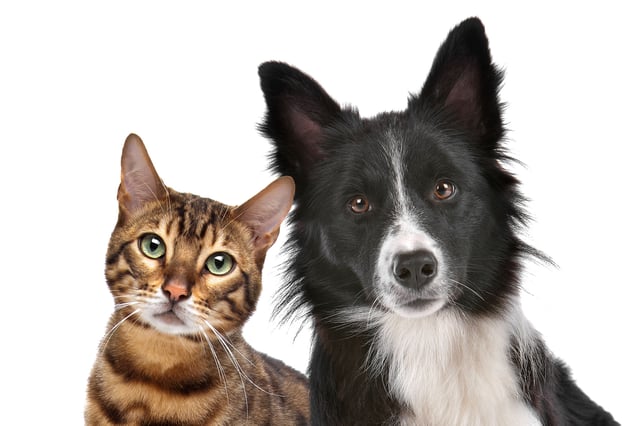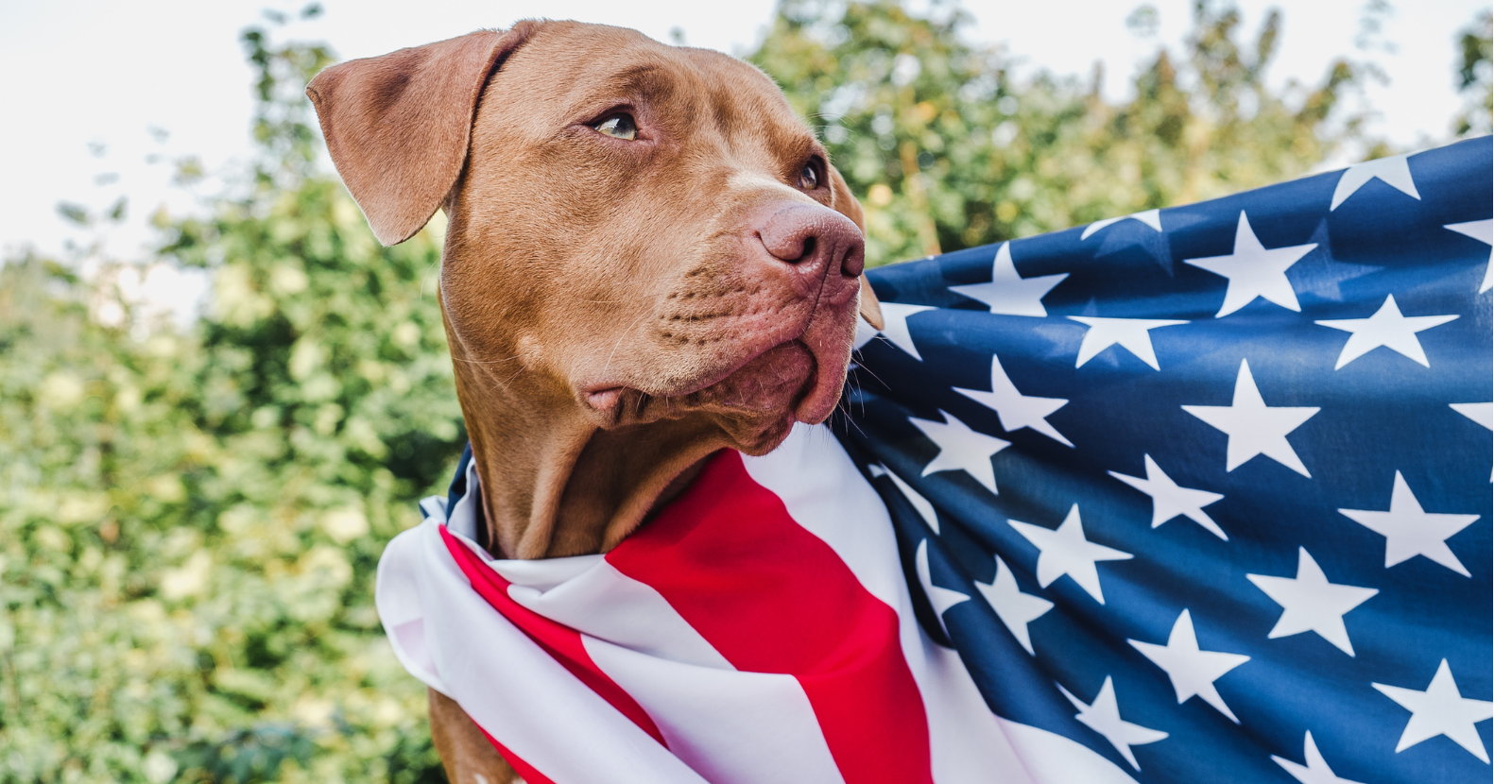 Being a pet parent is wonderful and rewarding most of the time, but can be exhausting and frustrating at other times. As with everything in life, there are highs and lows. Sometimes, we get to where we are without considering how our pets might feel about it. So with that in mind, we have compiled this list for you to consider from your fur-baby’s point of view. Here’s a few times they might say – dear human, please don’t do this:
Being a pet parent is wonderful and rewarding most of the time, but can be exhausting and frustrating at other times. As with everything in life, there are highs and lows. Sometimes, we get to where we are without considering how our pets might feel about it. So with that in mind, we have compiled this list for you to consider from your fur-baby’s point of view. Here’s a few times they might say – dear human, please don’t do this:
1. Saying “it’s ok” when it’s not
Our lovable pets get anxious and your response should not dismiss their feelings. If there is a loud thunder associated with the thunderstorms, don’t tell them “It’s ok.” If you are taking them to your favorite veterinarian and they pull back instead of entering easily, don’t tell them “It’s ok!” To them, it’s really not.
Rather, get down to their level and tell them in a soothing voice what will happen and where you are going. They will not understand most of what you say, but the more you show empathy with your actions and tone of voice, the better they will feel.
If you continue to say “It’s ok” whenever there is an issue – they will realize that this is not true and associate that phrase with something negative.
2. Using multiple verbal cues to say the same thing
This is as annoying to pet parents as it is to the pets. Have you been to the dog park and you heard someone yelling at their dog – “Heel! Stop! No! Misty, come back - NOW!” They have given their dog way too many verbal cues to do the same thing. No wonder the dog just kept going – it had no idea what was expected of them.
As much as we want our fur-babies to understand everything we are saying, the reality is they only understand a few words. And they have to be repeated often. So break the habit of using different words to describe the same thing. Stick with one command, rather than several words. For example, say “Floor!” and point down, when you mean “Roxy, get off the furniture! You know better!”
3. Dressing your pet
We all do it, no sense in denying it. And to be honest, picking out clothes for our pet is more fun than picking out our own. We won’t even start with Halloween costumes. As a pet parent, it’s important to see how your pet reacts to what they are wearing. If you put that adorable sweater, t-shirt, hat or Halloween costume on and their reaction is to freeze, roll over or act as if you just doused them with silly string, for your fur-baby’s sake – take it off and never put it on again!
Some think pet parents shouldn’t make their pets wear clothes, and some don’t believe it matters. Our suggestion is that you make the appropriate decision based on their reaction. We can all agree photos with your pet in that cute sweater or Halloween costume are adorable and should be shared with your friends and family!
4. Walking your pet in a baby carrier
A noticeable new trend is putting your dog in wearable baby carriers then walking with them on your back or pushing them in a baby buggy. This may be warranted if your pet is recovering from surgery or an injury. But even then, you shouldn’t have to take such long walks as carrier is in order. If you plan to take such a long walks that you think your pet is better off strapped to your back or being pushed in a buggy, let’s be clear: it is not. Pets always need exercise. They need to walk on their own.
5. Not giving your pet enough exercise
Like humans, dogs and cats will get bored if they don’t have enough physical exercise and mental stimulation in their lives. Plus, it ages them prematurely. Just like people, the more mobile you are in your youth, the more mobile you will be in your older age. Your fur-babies depend on you for their well-being to make sure they are getting enough exercise, and healthy food to maintain an ideal weight.
If you think your dog or cat can’t walk without help or they no longer seem as excited to exercise as they once were, they may be showing signs of osteoarthritis (OA), a painful joint disease that affects humans and dogs as well as cats. Could your dog have arthritis? What about your cat? Learn about arthritis in cats. By adding Glyde™ Mobility Chews, a powerful chew with all-natural ingredients that promote healthy joints to your dog or cat’s diet; you may see a difference in their mobility as they are able to be more active.
At Parnell Living Science, we receive so many good news stories from pet parents. There are many more stories on our Facebook page. Is your dog or cat a Glyde Pet? Send us your story and we just might post it there (with your approval, of course)!
One thing we know for sure: being a pet parent is pretty amazing – and our pets are too!


.png)

